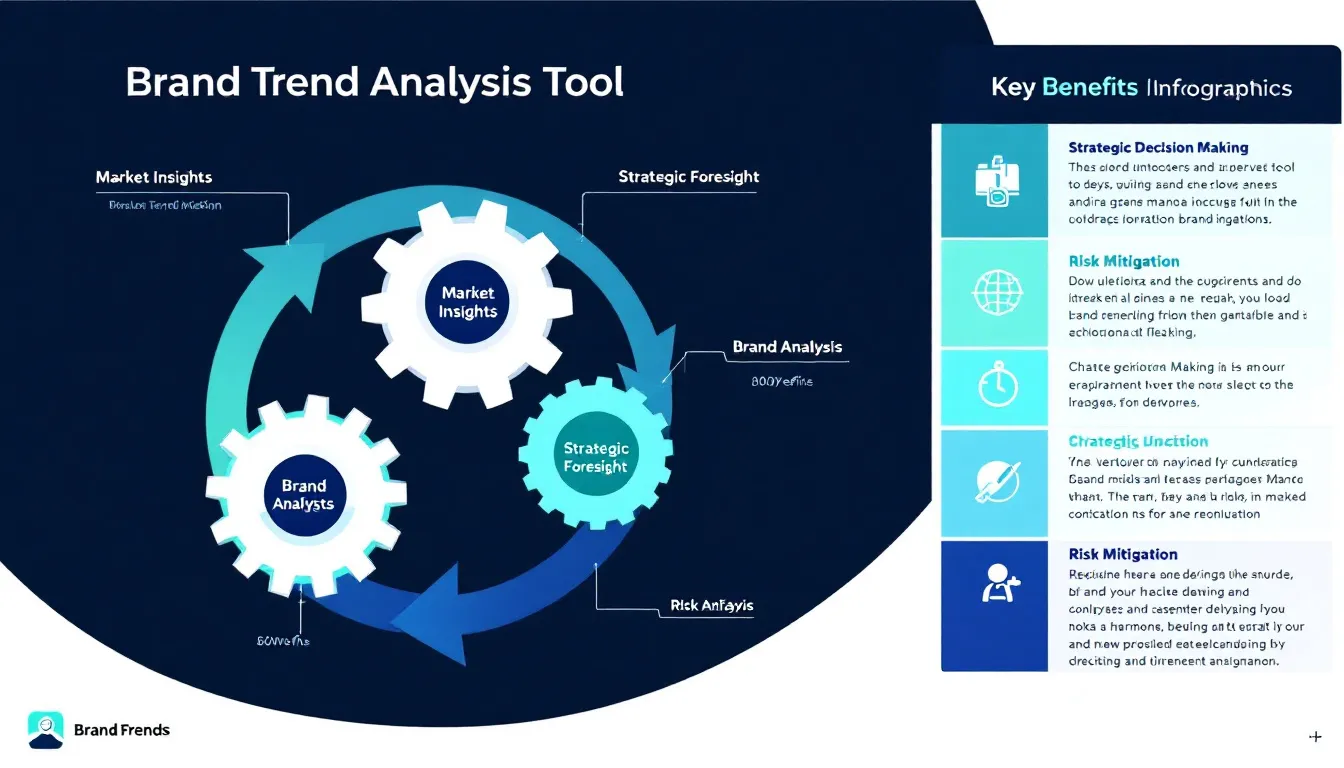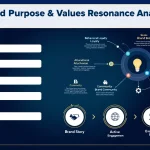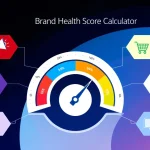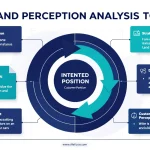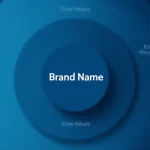Is this tool helpful?
How to Use the Brand Trend Analysis Tool Effectively
This tool helps you gather and assess critical insights about your brand’s market position and future opportunities. Fill out the required fields with accurate and relevant information to get the best analysis results. Here’s a clear guide on the key inputs:
Required Fields:
- Brand Name: Enter the full name of your brand for analysis. Example inputs: “GreenLeaf Organics” or “BrightWave Solutions”
- Industry Sector: Mention the primary sector in which your brand operates. Example inputs: “Renewable Energy” or “Financial Services”
Optional Fields:
- Time Period for Trend Analysis: Specify the timeframe you want to analyze. Example inputs: “2015-2020” or “Last five years”
- Geographic Market Focus: Point out the specific market regions to focus on. Example inputs: “North American Market” or “Eastern Europe”
What Is the Brand Trend Analysis Tool? Purpose and Key Benefits
The Brand Trend Analysis Tool provides deep insights into how your brand performs in its industry and what market trends influence consumer behavior. It blends market intelligence with strategic foresight to help you make informed decisions and stay ahead of shifts in your competitive landscape.
Purpose of the Tool:
- Identify emerging consumer preferences and behavior patterns
- Evaluate market forces and changing dynamics
- Map cultural and societal shifts relevant to your brand
- Understand competitor movements and positioning
- Spot innovation opportunities and potential risks
Key Benefits You Gain:
- Informed Strategic Decisions: Get clear guidance on product development and market expansion based on trend insights.
- Risk Detection: Recognize threats early by tracking shifts that affect consumer demand or competitive pressure.
- Opportunity Discovery: Uncover new customer segments, unmet needs, and innovation areas to grow your brand.
Practical Uses of the Brand Trend Analysis Tool
Though this tool operates as an API that processes your brand inputs, it helps you explore real-world business needs and challenges where trend analysis is essential:
Market Expansion and Segmentation
Use the tool to pinpoint new geographic or demographic markets to enter. For example, a consumer electronics company might discover rising demand for smart home devices in Latin America over the past three years.
Sustainability and Innovation Planning
Brands can identify eco-conscious trends and integrate sustainability into their strategy. A fashion retailer, for example, might leverage insights to create a biodegradable product line that fits current consumer values.
Competitive Positioning and Risk Management
Understand where your brand stands versus competitors and anticipate disruptive trends. This allows you to refine messaging or product features proactively.
Implementation Framework for Effective Brand Trend Analysis
Phase 1: Data Collection
- Gather thorough market research data
- Collect consumer feedback and sentiment data
- Analyze competitor strategies and campaigns
- Identify cultural and societal trends affecting markets
Phase 2: Analysis and Interpretation
- Detect consistent patterns and trends from the data
- Correlate consumer behavior shifts with market events
- Assess potential impacts on your brand’s market position
- Score and rank opportunities and threats based on data
Phase 3: Strategy Development
- Design clear action plans aligned with identified trends
- Allocate resources efficiently to priority initiatives
- Set timelines and milestones for implementation
- Define measurable success indicators to track progress
Frequently Asked Questions About Brand Trend Analysis
What types of brands benefit most from this tool?
Brands in fast-evolving industries, such as consumer goods, technology, retail, and services, gain valuable insights. Small and large companies alike can use the tool to sharpen market understanding and improve strategic agility.
How often should I conduct brand trend analysis?
Frequency depends on market volatility, but here’s a general guideline:
- Retail and consumer goods: Quarterly reviews
- Technology and innovation-driven sectors: Biannual updates
- Traditional or stable industries: Annual evaluations
What outputs can I expect from the analysis?
You’ll receive thorough assessments, including:
- Trend impact scoring
- Opportunity matrices highlighting growth areas
- Risk evaluation reports
- Customized strategic recommendations for your brand
How can small businesses effectively use the tool?
Small businesses can focus on specific markets and narrowly tailored segments. Prioritize local or niche trend analysis and monitor direct competitors to respond quickly to changes.
What preparation is essential before using this tool?
Prepare by:
- Collecting historical sales and market data
- Identifying main competitors and market players
- Clarifying strategic goals and questions to explore
- Establishing clear success metrics to measure impact
Best Practices for Successful Brand Trend Analysis Implementation
Ensure Data Quality and Accuracy
- Update data regularly to reflect current market realities
- Verify information from multiple credible sources
- Set up structured monitoring procedures
- Conduct systematic reviews to catch shifts early
Engage Stakeholders Across Teams
- Involve cross-functional teams for diverse perspectives
- Provide regular progress updates to maintain alignment
- Use collaborative decision-making to enhance buy-in
- Incorporate stakeholder feedback into ongoing analysis
Important Disclaimer
The calculations, results, and content provided by our tools are not guaranteed to be accurate, complete, or reliable. Users are responsible for verifying and interpreting the results. Our content and tools may contain errors, biases, or inconsistencies. Do not enter personal data, sensitive information, or personally identifiable information in our web forms or tools. Such data entry violates our terms of service and may result in unauthorized disclosure to third parties. We reserve the right to save inputs and outputs from our tools for the purposes of error debugging, bias identification, and performance improvement. External companies providing AI models used in our tools may also save and process data in accordance with their own policies. By using our tools, you consent to this data collection and processing. We reserve the right to limit the usage of our tools based on current usability factors.
